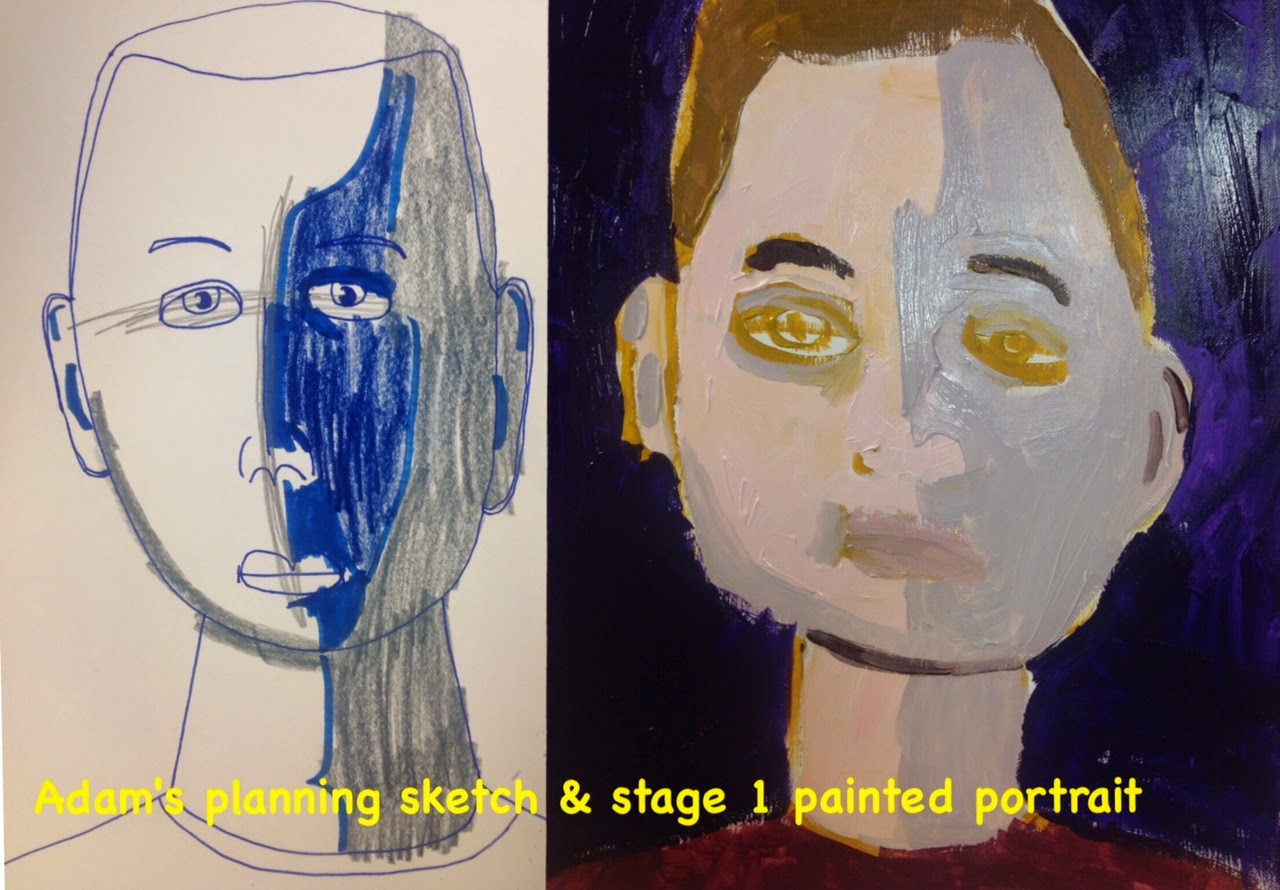 |
| Picture drawn by Kevin |
And now, here's Carole:
"When
you raise a child on the ASD spectrum, a child who doesn’t just pick up skills,
and learn naturally like other children, you become painfully aware of how
incredible those early years of learning really are. You see other children
learn to mimic, speak, understand, read cues, watch and follow. It’s phenomenal
how much is learned in such a short space of time, and apparently so
effortlessly. For the rest of us, there is an overwhelming void, and we have to
decide what to teach, when to teach it, what is the priority, and figure out
how so much can be taught without overwhelming our little ones. For my adult
son, I still find myself deciding on his behalf, what, when and how to teach. If
you’re anything like me, this can be a little overwhelming at times, and the
responsibility of deciding for another adult what they need, or should know
feels a little like making choices that shouldn’t be mine. I recently wrote to
someone, and I shared that my middle aged brain prefers the KISS method, (keep
it simple stupid) because frankly that’s about all it can handle. Then it
occurred to me, that’s exactly the approach I use when teaching my son.
Teaching
an unwilling student is painful at best, so I have always taken the things he
loves, and tried to incorporate as much curriculum as I can in them, so that it
never feels like work. It also allows me to teach skills that don’t necessarily
fit his development at that moment, but hopefully will be there at the ready
when the time comes. So for example, my guy has very limited speech, he reads
but comprehension is very limited, and his auditory processing has always been
a huge issue. So the question becomes, how do you get him to make more
utterances, and practice the motor part of speech, and do you put the effort
into improving his reading ability when the comprehension is not there? What if
miracle of miracles, one day that comprehension kicks in and his reading is
lacking, or suddenly he finds his words but has a hard time getting them out
there, because he’s never practiced? I still believe that anything is possible
for him, and I don’t want to think I didn’t raise the bar in expectation of
that. So this is one example of how we took one of Kev’s delights and although
he didn’t know it, turned it into curriculum.
Kevin
loves music, and always has. As soon as I realized that, I had him listening to
every genre of music I could find, and often you would hear me singing
conversations to him (never in public!) So when we decided to hire a worker for
a couple of mornings a week, how serendipitous was it, to discover she was a
singer with the most beautiful voice – and karaoke began. It began slowly, he
would cough a lot, unused to using that voice. He could only sing in the key of
the song, and so we had to find songs in his register only. He couldn’t read,
and vocalize quickly enough to sing along, so we had to start with very slow
songs, and he had trouble with the reading.
Video of Kevin doing Karaoke:
Today, it’s his favourite activity, and we’re all kitted out with microphones for the computer, and a huge playlist from youtube. He can harmonize, it doesn’t need to be in his register anymore. He reads so much better, but we continue to have the lyrics on screen and the singer in the background, so that he hears when he reads a word incorrectly and learns to correct. He reads quickly, his inflection is great, his speaking voice is slightly less robotic, and although you will hear coughing, it is much reduced. Although he’s never going to be a rock star, the anticipation in his face as he awaits karaoke time speaks volumes, and it also happens to be my favourite time of the day too.
So
I urge you, follow their lead, how can it ever be wrong when it brings them so
much happiness? Once in a while you may even get some validation for following
your intuition!"
Well said Carole! You always get the best learning at the point where passion and fun meet - when you find that sweet spot, everyone has a great time and the skills you teach stick.
~ Sheila B ~
note: for those who are interested in the research, here's a recent reference provided by Carole:
Sharda M, Midha R, Malik S, Mukerji S, Singh NC.
Autism Res. 2014 Nov 5.
!





































